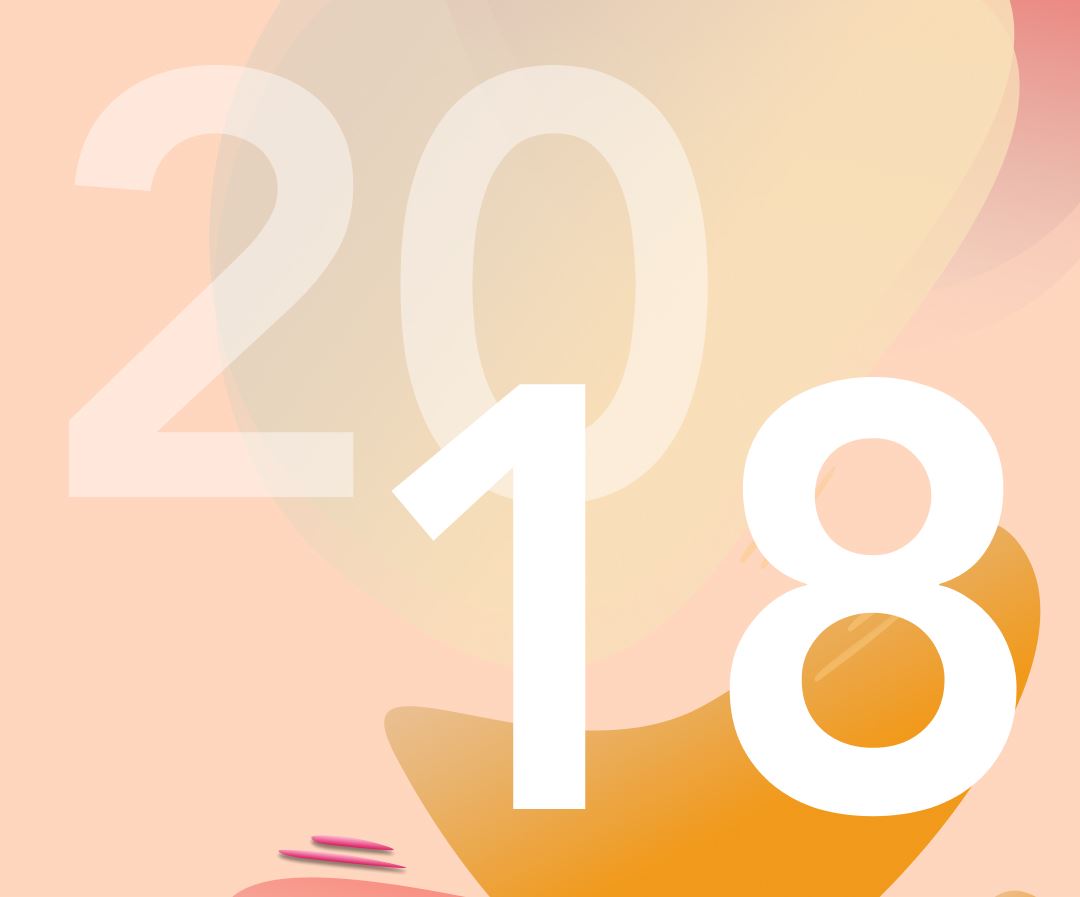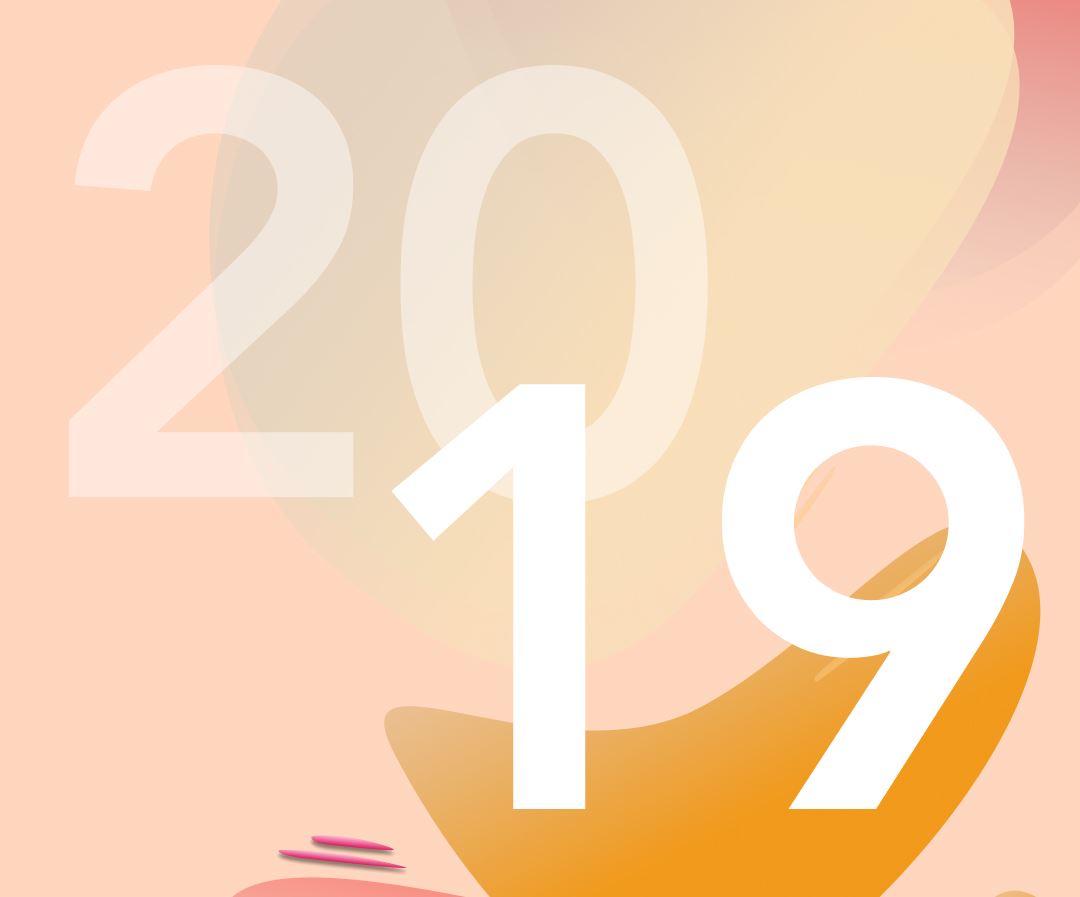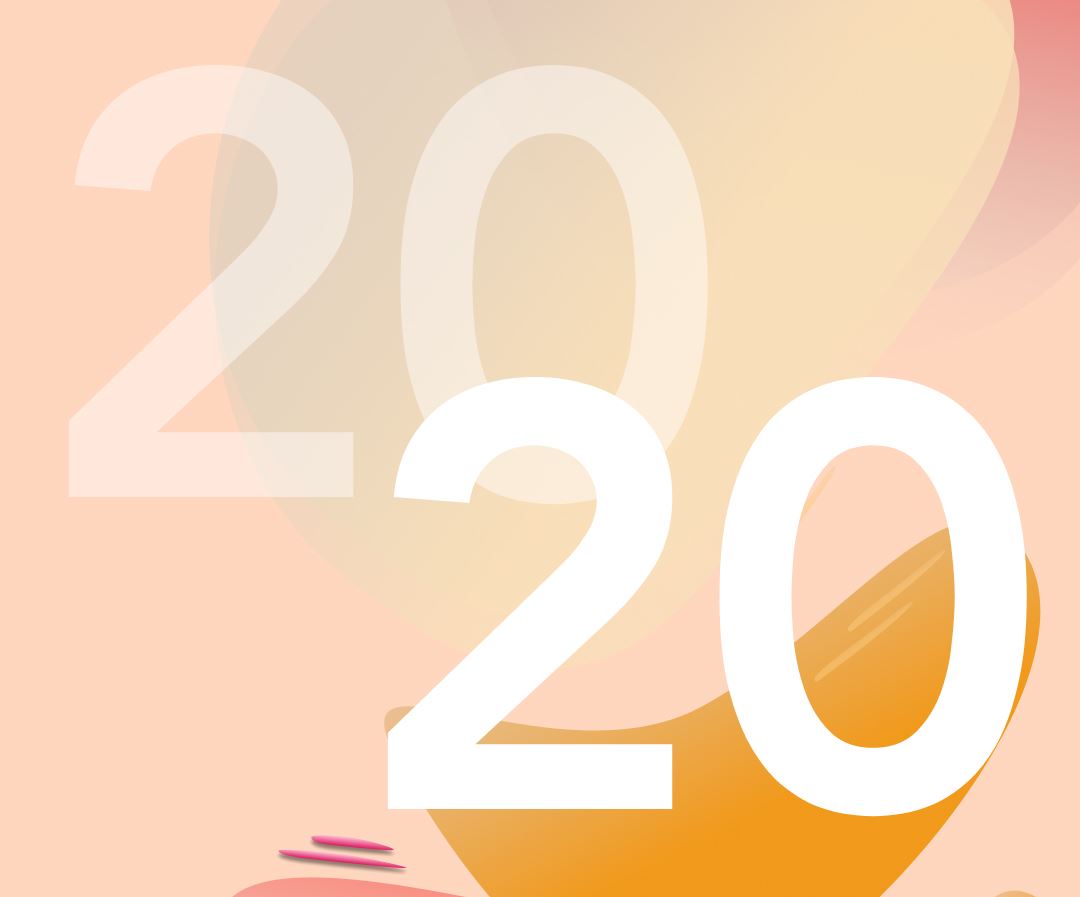Oral Presentations from CAMS 2021 Scientific Conference
DISPARITIES IN INVASIVE MELANOMA AMONG ASIAN AND PACIFIC ISLANDER VETERANS IN THE UNITED STATES* Michael S. Chang, BA1,2; Nicole Trepanowski, BS1,2,3; Jennifer La, PhD4; Nathanael R. Fillmore, PhD4; Rebecca I. Hart- man, MD, MPH1,2 1 Department of Dermatology, Brigham and Women’s Hospital & Harvard Medical School, Boston, MA 02115 2 Department of Dermatology, VA Integrated Service Network (VISN-1), Jamaica Plain, MA 02130 3 Boston University School of Medicine, Boston, MA 02118 4 Massachusetts Veterans Epidemiology Research and Information Center, VA Boston Healthcare System, Jamaica Plain, MA BACKGROUND: Melanoma in Asian and Pacific Islanders (APIs) is associated with worse outcomes compared to white individuals. The Veterans Health Administration is the largest US healthcare system. Veterans constitute a high-risk population and this disparity may limit our knowledge of melanoma in this group. We sought to characterize invasive melanoma in API Veterans. METHODS: Data on API Veterans with melanoma diagnosed from January 2009 to December 2017 were obtained from the national Veterans Affairs Central Cancer Registry. Demographic and tumor characteristics were collected. Statistical analyses were completed using R, v3.5.3. CONCLUSIONS: API Veterans present with unique melanoma features, most notably increased acral lentiginous mela- noma and lower extremity tumors. Differences in overall survival highlight disparities in care despite advancements in treatment and access to VHA care. Future work is necessary to elucidate mechanisms for improving outcomes in this vulnerable population. *CAMS Summer Scientific Research Scholarship Recipient SOCIO-ECOLOGICAL FACTORS OF PSYCHOLOGICAL DISTRESS AMONG ASIAN AMERICAN YOUNG ADULTS DURING THE COVID-19 PANDEMIC IN THE UNITED STATES Elaine Cheung, BS,1 Michael Pham Huynh, MPH,2 Jay Mantuhac, BA,2 and Anne Saw, PhD3 1. California Northstate University College of Medicine, Elk Grove, CA 95757 2.University of California Irvine, CA 92697 3.DePaul University, Chicago, IL 60614 BACKGROUND: Prior research shows increased prevalence of depression and anxiety among the general young adult population during the COVID-19 pandemic. Yet, it is unclear whether Asian American young adults faced increased risk of psychological distress during the COVID-19 pandemic. The current study examines psychological distress and associated socio-ecological factors among Asian American young adults. METHODS: A national needs assessment survey of COVID-19’s impacts on communities of color was conducted among Asian American participants from January to April 2021. Participants were recruited through email lists, com- munity organizations, and Qualtrics consumer panels. Among the 1,528 Asian American young adults aged 18-29 in the study sample, 39.8% were men, the mean age was 23.0 (SD = 3.0) years, and 53.8% were US-born. Guided by the socio-ecological framework, we examined four models that accounted for protective and risk factors of psychological distress at i) individual, ii) interpersonal, iii) institutional, and iv) community levels. RESULTS: Seven-day PHQ-4 scores indicate that 51.4% of the sample had psychological distress. Using multiple regres- sion analysis, predictors of lower psychological distress in this group include i) older age, male gender, foreign-born individuals living in the US < 5 years, greater sense of gratitude during the pandemic, ii) receiving social support, and iv) living in the South or Northeast US regions compared to the West. Predictors of higher psychological distress in- clude i) having a chronic health condition, ever being infected by COVID-19, coping through substance use, ii) provid- ing social support, greater family conflict, iii) educational challenges with Wi-Fi and class accommodations, delayed medical care, iv) greater food insecurity, housing assistance, impact and stress from discrimination, and greater per- ceptions of racial bias from politics and media. CONCLUSIONS: These findings point to socio-ecological factors that can inform targeted mental health interventions to promote Asian American young adult resilience during pandemics or natural disasters. TRENDS AND DISPARITIES IN MENTAL HEALTHCARE USE AMONG ASIAN AMERICAN SUB-GROUPS, 2013 -2017 Frederick Q. Lu1 Michael W. Flores2,3, Nicholas J. Carson2,3, Benjamin Lê Cook2,3 1 Boston University School of Medicine, Boston, MA 02118 2Health Equity Research Lab, Department of Psychiatry, Cambridge Health Alliance, Cambridge, MA 02141 and 3Department of Psychiatry, Harvard Medical School, Boston, MA 02115 BACKGROUND: Racial/ethnic disparities in use of mental healthcare has been extensively documented. However, there is limited research employing nationally-representative data to estimate mental healthcare utilization among Asian Americans, and there are no studies examining service use variation among Asian American subgroups. Dated research suggest that Asian Americans are less likely than White Americans to access MH services. The goal of this study is to use nationally-representative data to provide a much-needed update to national trends in mental healthcare use among Asian American and Asian American subgroups. METHODS: We analyze yearly cross-sections from the 2013-2017 Medical Expenditure Panel Survey, including White (n=77,426) and Asian American (n=8,686) participants. Using multivariable logistic regression models and predictive margin methods, we estimated the percentage of adults who used any mental healthcare, out- patient mental healthcare, specialty mental healthcare, or had a psychotropic medication fill. Regression mod- els adjusted for demographic, socioeconomic, and health-related variables. RESULTS: Asian Americans, including Asian Indians, Chinese, Filipinos, and Other Asians had lower rates of mental health use than White Americans. These patterns persist among adults with elevated risk of mental illness, even after adjustment for demographic, socioeconomic, and health-related factors. Trends and patterns of utilization are not always consistent across subgroups, with aggregation masking both improvements and areas of need. CONCLUSIONS: Asian Americans continue to have lower rates of mental healthcare use than White Americans, even when reporting symptoms of mental illness and after covariate adjustment. Disaggregation of this diverse heterogeneous population is critical to evaluating measures of care and understanding root causes of mental healthcare disparities. Clinicians should be mindful of the diversity within the Asian American population and be aware of the various barriers that may contribute to these continued disparities in care. EPIDEMIOLOGY OF COVID-19 AND ITS CARDIAC AND NEUROLOGICAL COMPLICATIONS AMONG ONTARIO VISIBLE MINORITIES: CHINESE AND SOUTH ASIAN CANADIANS Joseph Y. Chu 1, Robert Chen 1, Chi Ming Chow 1, Dennis T. Ko 1, 3, Peter P. Liu 1,2 Gordon W. Moe 1, Maria Koh 3, Yosuf Kaliwal 3 1University of Toronto, Toronto, ON, Canada, 2. University of Ottawa, Ottawa, ON,Canada, 3Institute for Clinical Evaluative Sciences, Toronto, ON, Canada BACKGROUND: Due to lack of data on the epidemiology, cardiac and neurological complications among Ontario visible minorities: Chinese and South Asians, affected by COVID-19, this population-based retrospective study was undertaken to study them systematically. RESULTS: Preliminary results show that Chinese Canadians (N= 1,186) with COVID-19 are older with a mean age of 50.7 years compared to general population (N= 42,547) of 47.6 years (P< .001), while South Asians (N= 3,459) have a younger mean age of 42.1 years (P< .001). The 30-day crude rate for cardiac complications among Chinese was 169/10,000 (p = 0.069), while for South Asians, it was 64/10,000 (p = 0.008) and, for the general population, it was 112/10,000. For neurological complications, the 30-day crude rate for Chinese was 160/10,000 (p < 0.001); South Asians was 40/10,000 (p = 0.526), and general population was 48/10,000. The 30 -day all-cause mortality rate was significantly higher for Chinese at 8.1% vs 5.0% for the general population (p < 0.001), while it was lower in South Asians at 2.1% (p < 0.001). CONCLUSIONS: Chinese Canadians with COVID-19 in Ontario were older and have higher cardiac and neurological complication rates and overall mortality rates compared to the general population. These data have significant implications for proper prevention and appropriate management for these vulnerable Chinese Canadians. INCIDENCE OF OROFACIAL CLEFTS IN ASIAN AMERICAN SUBGROUPS.* Sandy Li1, Siobhan Nnorom1, Richard Ngo2, Oluwasegun Akinyemi1, Adedoyin Kalejaiye1 BACKGROUND: There has been evidence that suggests the prevalence of orofacial clefts in Asian Americans is high. How- ever, in current research, Asian American subgroups are often inappropriately combined into a single Asian category. Among the Asian American subgroups, there is wide variation in sociodemographic indicators, which can ultimately affect perinatal outcomes such as orofacial clefts. METHODS: We conducted a population-based retrospective cohort study using the US vital statistics dataset of all deliveries by Asian and Pacific Islander women from 2015 to 2019. RESULTS: Overall, the incidence of orofacial clefts in Asian Americans (0.06%) was lower than that of American Indian/ Alaska Natives (0.15%) and White Americans (0.08%) and higher than that of Black Americans (0.04%). The highest inci- dence rate of orofacial clefts was in the “Other Pacific Islander” subgroup (72 per 100,000 live births). The lowest inci- dence rate of orofacial clefts was in the Chinese subgroup (41 per 100,000 live births). Pacific Islanders (Hawaiian, Gua- manian, Samoan, and Other Pacific Islander) had a higher incidence rate of orofacial clefts compared to Asians (Asian Indian, Chinese, Filipino, Japanese, Korean, Vietnamese, and Other Asian). Asian and Pacific Islander mothers born in the US, compared to those born outside the US, had a higher odds ratio for giving birth to a child with an orofacial cleft. CONCLUSIONS: The incidence of orofacial clefts in Asian and Pacific Americans might be lower than previously shown in the literature. There were also differences when examining specific subgroups. These results will contribute to the cur- rent research highlight health disparities in Asian Americans, especially in Asian American subgroups. Disaggregation of Asian American and Pacific Islander data on a national level will highlight the unique challenges and health risks of spe- cific subgroups, leading to improved treatment and outcomes. *CAMS Summer Scientific Research Scholarship Recipient Abstract 02 Li, Sandy INCIDENCE OF OROFACIAL CLEFTS IN ASIAN AMERICAN SUBGROUPS.docx Quantification of ultra-high resolution versus conventional resolution coronary computed tomography angiography: a feasibility study.* Benjamin L. Shou1, Jason Ortman1, Mahsima Shabani1, Joao Lima1, Armin A. Zadeh1 BACKGROUND: Conventional resolution (CR) coronary computed tomography angiography (CCTA) is a first-line test for the presence or absence of coronary artery disease (CAD). However, CR-CCTA is limited by its low positive predictive value which may be due to limited spatial resolution. In this feasibility study, we sought to compare vessel features quantified from newly developed ultra-high resolution (UHR) versus conventional resolution CCTA. METHODS: Patients with suspected or known CAD were enrolled as part of the CORE-PRECISION Pilot Study and under- went UHR-CCTA. Raw image data was back-reconstructed to conventional resolution (CR). A semi-automated, deep learning based histologically validated software was used to characterize and quantify vessel features in the right coro- nary (RCA), left anterior descending (LAD), and left circumflex (LCX) arteries. Paired Wilcoxon signed-rank test was used to compare differences between UHR and CR features. RESULTS: Four patients were randomly selected from the CORE-PRECISION cohort (median age = 65, 100% male) for a total of 12 analyzed coronary vessels. Median non-calcified plaque (NCP, 174.1 vs. 408.1 mm3, p < 0.001), calcified plaque (CP, 43.4 vs. 78.5 mm3, p=0.001), and low density non-calcified plaque (LD-NCP, 2.6 vs. 19.5 mm3, p=0.01) volumes quantified from UHR scans were significantly lower than those quantified from CR. Further, median plaque burden (38% vs. 43%, p=0.001) and perivascular adipose tissue volume (PVAT, 226.8 vs. 368.7 mm3, p<0.001) were significantly lower in UHR scans compared to CR. CONCLUSIONS: Vessel features quantified from ultra-high-resolution CCTA are significantly different than those quantified from conventional resolution. Features from UHR-CCTA may have improved prognostic value over CR-CCTA in the evaluation of coronary artery disease. *CAMS Summer Scientific Research Scholarship Recipient HEALING FROM HATE: ASIAN AMERICAN EXPERIENCES OF PSYCHOTHERAPY Stephanie Chiao1; Zhenzhen Shi1; Nadine Chang1; Janet Chen,2; Helen Ding,1 BACKGROUND: The COVID-19 pandemic has significantly impacted mental health in Asian-American communities through racial discrimination. This compounds longstanding barriers Asian-American patients face to access quality mental health care. Currently, little is known about Asian-Americans’ experiences of psychotherapy. This study uses thematic analysis to explore the impact of race on Asian Americans’ experiences of psychotherapy treatments. METHODS: Participants were recruited from July 2020 to June 2021 through purposive and chain referral sampling. Par- ticipants identified as 1.5 or 2nd generation East or Southeast Asian, had a history of psychotherapy treatment, and spoke English. Participants underwent a semi-structured interview about perceived impact of race on their psychotherapy. Transcripts were coded by two investigators using NVivo software. Thematic analysis was conducted, and themes were discussed with the research team. RESULTS: Participants reported varying degrees of interaction of race and psychotherapy. Four themes emerged: (1) Participants believed therapists with certain lived experiences were better able to understand Asian-American experi- ences. (2) Participants reflected upon the need to provide explanation about their culture and community to White ther- apists. (3) Participants described a process of ethnic identity development that affected their therapy experiences. (4) Differences in cultural norms around family were obstacles in processing relational issues. CONCLUSIONS: The impact of the pandemic on Asian-American mental health demonstrates the urgency of improving access, utilization, and quality of mental health services. This study provides new insight into Asian-American experiences in psychotherapy, and explores how race plays a role in treatment. Looking forward, this is an important step in de- veloping guidelines for high quality psychotherapy for Asian-American patients in the post-pandemic world. Abstract 08 Chiao, Stephanie HEALING FROM HATE ASIAN AMERICAN EXPERIENCES OF PSYCHOTHERAPY.docx PSYCHOLOGICAL STRESSORS FROM ANTI-AAPI RACISM AND POTENTIAL PROMISING PEER SUPPORT MODEL THROUGH INTERACTIVE THEATER Brandon Lee1, Richard Chen2 and Eunice Yuen, MD, PhD3 BACKGROUND: Yale Compassionate Home, Action Together (CHATogether) is a mental health initiative and culturally- based peer support group that centers on providing mental health coping strategies to Asian American youth and par- ents through online digital theater vignettes. This culturally-focused program facilitated mental wellness in the Asian community throughout the COVID-19 pandemic and amidst the rise in anti-AAPI violence. We aim to: 1) introduce CHA- Together’s media as a vehicle to promote mental wellness and 2) present a qualitative study examining stressors faced by Asian Americans during the pandemic. METHODS: CHATogether actors first performed a skit depicting specific parent-child interactions. Next, a licensed clinician debriefed the scene, highlighting skills to improve the child-parent interaction. The same skit was performed a second time, with actors utilizing the skills highlighted by the clinician. In a related study, six CHATogether members who produced vignettes participated in a focus group to discuss anti-Asian racism associated with the pandemic. We con- ducted qualitative analysis supported by NVivo to identify overarching themes. RESULTS: Five preliminary themes related to racism stressors were identified: 1) increasing anti-AAPI racism involving political rhetoric and violence against Asians; 2) differential family approaches to dealing with racism including cultural gaps and language barriers; 3) different types of racism stressors involving systematic oppression and social exclusion; 4) the impact of racism stressors including feelings of alienation and hopelessness; and 5) positive coping methods such as discussing shared experiences or attending support groups. Themes of growth, resilience, and optimism were also iden- tified, in which participants hoped to reassert their Asian cultural identity and restore cultural pride post-pandemic. CONCLUSIONS: The pilot implementation of CHATogether during the COVID-19 pandemic demonstrates a preliminary model that can increase Asian American resiliency and political mobility. This study provides a potential promising mod- el of online peer support to address anti-AAPI racism for future implementations. CRAZY STRESSED ASIANS: TRENDS IN EMERGENCY DEPARTMENT VISITS OF THE ASIAN-AMERICAN POPULATION FOR PSYCHIATRIC COMPLAINTS DURING THE COVID-19 PANDEMIC* Rachel Yang1, Andrea Yun MD1, Clara Pavesi-Krieger1, Evan Grace1, Amanda Bjornstad1, Julia Versel1, Theresa Nguyen MD, FACEP1 BACKGROUND: As many outpatient services became unavailable during the pandemic, many providers shifted to telemedicine as a means of connecting with patients. However, telemedicine was not readily accessible for to everyone, especially patients who used the Emergency Department (ED) as their primary resource for health care and psychiatric services. The pandemic has also been linked to a rise in discrimination against Asian-Americans, which undoubtedly negatively impacts mental health. METHODS: We conducted a single-center, retrospective chart review of Loyola University Medical Center ED visits between March 1st-April 30th, 2019 and March 1st-April 30th, 2020 to identify trends in the demographics of pa- tients who presented to the ED for psychiatric complaints. RESULTS: A total of 598 patient charts were reviewed (n=264 in 2019; n=334 in 2020). Homeless patients were more likely to present for a psychiatric complaint in 2020 (23% vs. 11%, p<0.001), reported greater incidence of illic- it drug use (50% vs. 41%, p<0.024), and reported a history of alcohol abuse (41% vs 39%, p<0.2). Interestingly, more patients had a previous psychiatric diagnosis in 2019 than in 2020 (76% vs. 63%, p<0.001) and were also less likely to be diagnosed with a new psychiatric disease (32% vs. 12%, p<0.001). As for demographics, un-housed African- Americans and Hispanics/Latinxs were more likely to present to the ED in both years. Only a total of 7 Asian- Americans presented to the ED for a psychiatric complaint (n=4 in 2019, n=3 in 2020). They were all housed with no history of illicit drug or alcohol usage. These findings may have been skewed by the fact that the Loyola ED is locat- ed in Maywood, which is a predominantly African-American and Hispanic community. CONCLUSIONS: Overall, we found that Asian-Americans are under-represented among people experiencing home- lessness and are less likely to present to the ED with a psychiatric complaint. However, we found that African- Americans and Hispanics/Latinxs have a significantly higher association with homelessness, psychiatric diagnosis, illicit drug and chronic alcohol use. This suggests the importance of increased access to consistent psychiatric care and follow up with individuals affected by socioeconomic health disparities. *CAMS Summer Scientific Research Scholarship Recipient Abstract 05 Yang, Rachel CRAZY STRESSED ASIANS.docx CREATION OF A NOVEL 3D PRINTED OPTOKINECTIC DRUM (OKD) WITH SMARTPHONE VIDEOGRAPHY Lemanski BCP1, Lemanski N1, and Cheng M1 BACKGROUND: OKDs are utilized in neuroophthalmology for eliciting optokinetic reflexes (OKRs). OKR develops at 6 months of age and is useful for determining basic central nervous system functionality, visual pathway response, and stereopsis development in strabismus management. OKDs are useful diagnostic adjuncts when MRI or CT are not available. Unfortunately, OKDs are too expensive to be left on medical missions, and no commercial OKD exists for video recording, the latter useful for teaching use of OKD, remote interpretation of OKR, or self-use of OKD. A 3D printed approach was sought to achieve all objectives with videography by any smartphone. METHODS: A cylinder with two interlacing halves (creating an alternating pattern when printed in different colored filament) connects to a two-piece crank through a stationary handle by a tie rod via cantilevered snap fit. A universal smartphone attachment connects to the stationary handle by 3 knurled nuts for video recording. Designs sliced in Cura 3.6.20 were printed on a Single Extruder (2.1) LulzBot TAZ 6 (PLA+ at 380 μm). Fatigue testing was per- formed by cranking the assembly for 10 minutes. Smartphone clasp was tested in horizontal and vertical positions. Results: Print statistics: 29 hours; 70.55 filament meters; filament cost: 15.10 USD. Horizontal and vertical OKR was elicited in authors with smartphone videography capture of binocular responses in both orientations. Videography quality was suitable to observe OKR on playback. Crank handle allowed single observer capture of OKR; 1000 rota- tions observed no part wear. CONCLUSIONS: The 3D printed OKD is a reliable and inexpensive alternative to commercially available OKDs. To the best of our knowledge, the OKD proper is the first fully 3D printed OKD, possibly the first fully 3D printed ophthal- mic diagnostic device, and the first OKD to have smartphone videography capabilities. |





